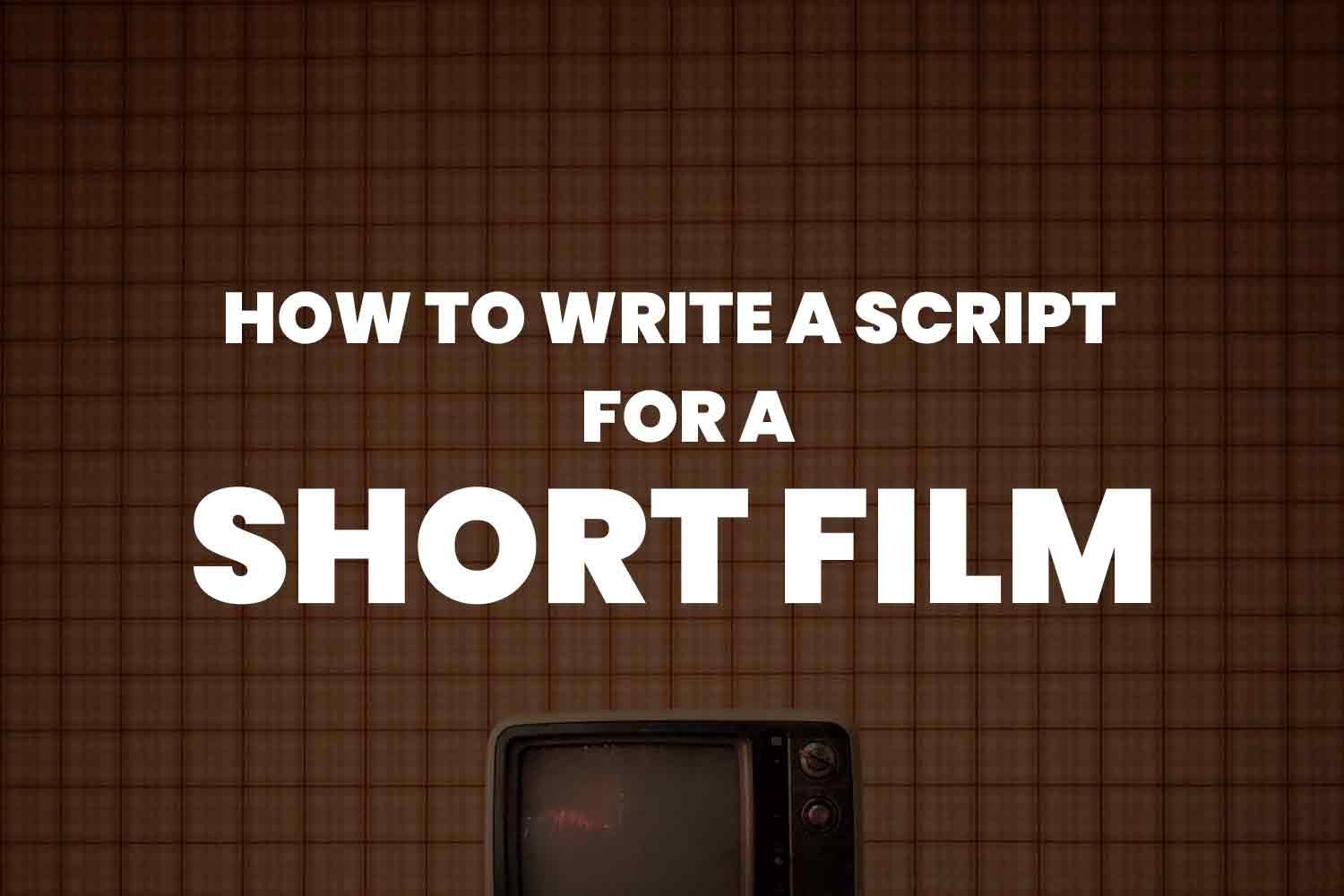Writing a short film script can be one of the most creatively fulfilling tasks for a storyteller. With limited time and space, every word, scene, and action must count. Unlike feature-length films, short films (typically under 40 minutes) rely on concise storytelling, clear character arcs, and impactful moments. Whether you’re an aspiring filmmaker or a screenwriter polishing your skills, this guide will help you write a short film script that truly captivates.
1. Start with a Strong Concept
Every great short film begins with a compelling idea. Since you have a limited runtime, your concept must be tight and emotionally resonant. It could be a single moment of realization, an unexpected twist, or a character’s personal transformation.
Ask yourself:
-
Can this story be told effectively in under 10 minutes?
-
Does it evoke a strong emotion—fear, joy, sadness, or surprise?
-
Will the audience remember it after the credits roll?
Some of the most powerful short films revolve around simple yet profound ideas—often ones that explore universal human experiences.
2. Understand the Format
Short film scripts follow the same formatting rules as feature-length screenplays. This means:
-
12-point Courier font
-
One page = one minute of screen time (approximately)
-
Action descriptions in the present tense
-
Character names in uppercase the first time they appear
A standard short film script typically ranges between 5–15 pages. Sticking to the correct format ensures your script is industry-ready and easy to read for producers, directors, or competitions.
3. Create Memorable Characters
Even with limited time, your characters must feel real. A captivating short film typically focuses on one main character and their journey. Give your protagonist a goal, a conflict, and a change.
To do this effectively:
-
Introduce your character quickly and clearly.
-
Show their personality through actions, not just dialogue.
-
Include a conflict that reveals their core traits or beliefs.
Avoid overcrowding the script with too many characters—simplicity wins in short films.
4. Keep the Structure Tight
Short films still follow the traditional three-act structure:
-
Act 1 (Setup): Introduce the main character, their world, and the problem.
-
Act 2 (Confrontation): Build tension or obstacles that challenge the character.
-
Act 3 (Resolution): Deliver a satisfying and emotionally resonant ending.
Given the brevity, you’ll likely spend only 1–2 pages on each act. The pacing must be swift, with no time for unnecessary subplots.
Tip: Start Late, End Early
Jump into the scene as late as possible and get out before it overstays. Avoid long introductions or drawn-out conclusions.
5. Focus on Visual Storytelling
Film is a visual medium. In short films especially, actions often speak louder than words. Instead of relying heavily on dialogue, use visuals, facial expressions, and mise-en-scène to tell the story.
For example, rather than writing “She’s sad,” show her slowly removing a framed photo and placing it in a box.
Also, think practically—can your short film be shot with limited locations and minimal props? Many film festivals prefer scripts that are simple to produce.
6. Write Authentic Dialogue
When you do use dialogue, make sure it feels natural and necessary. Every line should either:
-
Advance the plot
-
Reveal character
-
Build tension
Avoid expositional dialogue where characters say things just to explain the plot to the audience. Instead, aim for subtext and emotion.
Example of flat dialogue:
“I’m sad because you left me last year.”
Better:
(She avoids eye contact, folding a shirt that isn’t hers)
“You still fold your sleeves inside out.”
7. End with Impact
The ending is what will stay with your viewers. Whether it’s a twist, a revelation, or a poignant moment of silence—make it count. It should tie back to the beginning and resolve your character’s emotional arc.
Ask yourself:
-
Did the character change in a meaningful way?
-
Does the ending feel earned, not forced?
-
Will this moment resonate with audiences?
8. Revise Ruthlessly
Your first draft is never your final draft. Once you’ve written your script:
-
Get feedback from trusted peers or mentors.
-
Do table reads to hear how the dialogue flows.
-
Trim anything that doesn’t serve the core story.
Editing is where good scripts become great.
Bonus: Hiring Professional Help – What’s the Script Writing Services Cost?
If you’re struggling to get your ideas on paper or want a polished script ready for production or funding, hiring a professional scriptwriter can be a smart investment. But what’s the Script Writing Services Cost?
Generally, here’s what you can expect:
-
Entry-level freelancers: $50–$150 for a 5–10 minute script.
-
Experienced writers or agencies: $300–$1,000 depending on the complexity, revisions, and turnaround time.
-
Premium/industry-level writers: $1,000+ for high-end projects with extensive collaboration.
The Script Writing Services Cost varies based on factors such as:
-
Length of the script
-
Genre and complexity
-
Writer’s experience
-
Number of revisions included
-
Rights and usage terms
Before hiring, request writing samples, clarify timelines, and ensure there’s a contract in place. Many screenwriters offer packages tailored specifically for short film creators, which can save you time and ensure a professional-grade final script.
Final Thoughts
Writing a short film script that captivates isn’t just about being clever—it’s about being clear, emotionally honest, and efficient. Whether you plan to write it yourself or work with a professional (and factor in the Script Writing Services Cost), your goal should be to tell a story that leaves a lasting impression.
With the right concept, tight structure, and compelling characters, your short film script could be the first step toward making something truly unforgettable.




